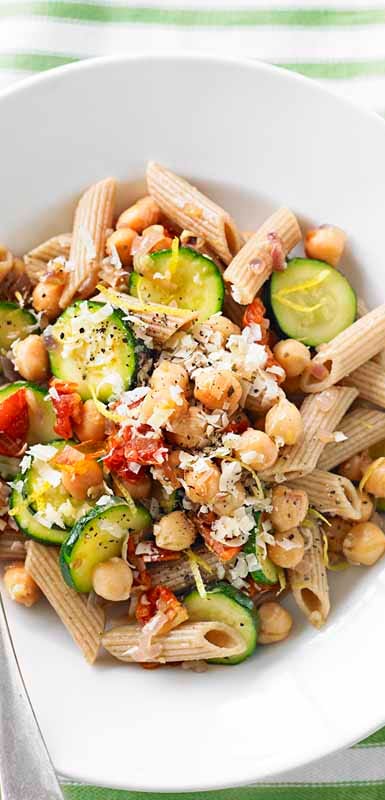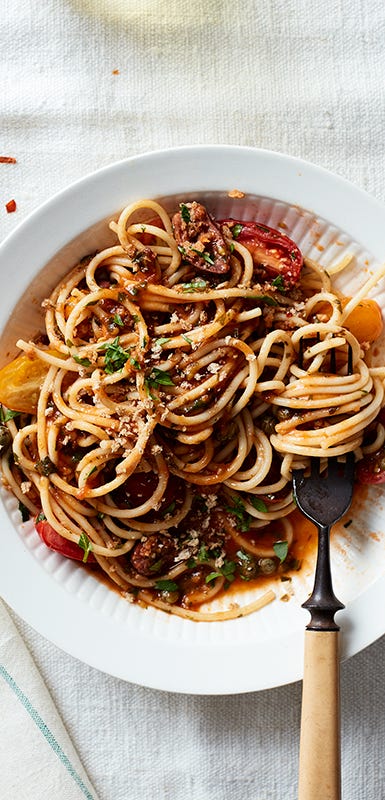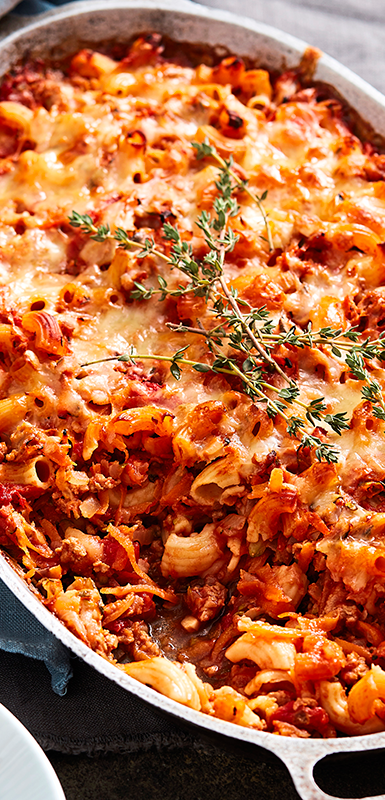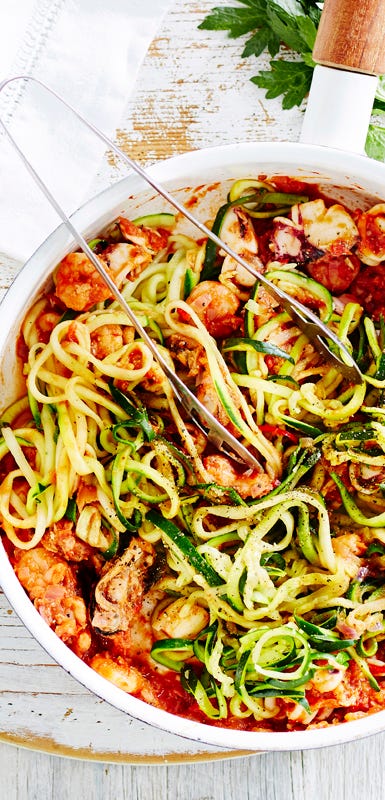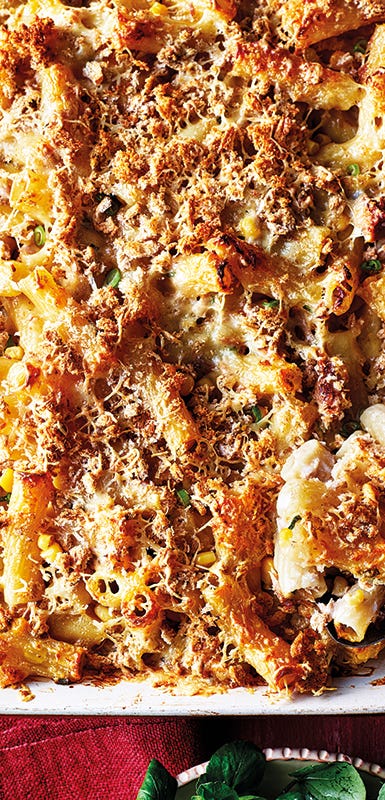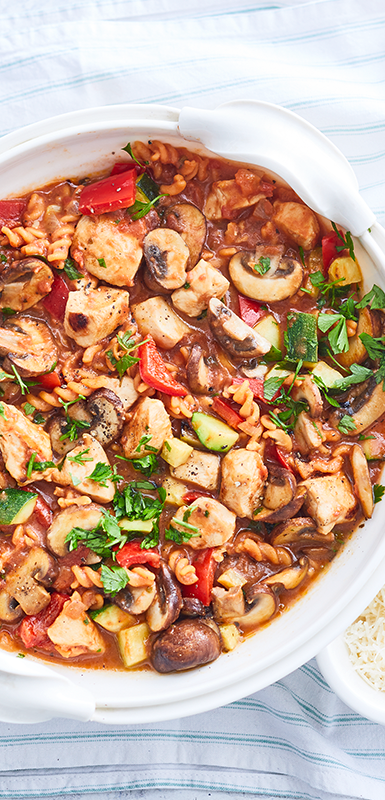Shop smart: Pasta
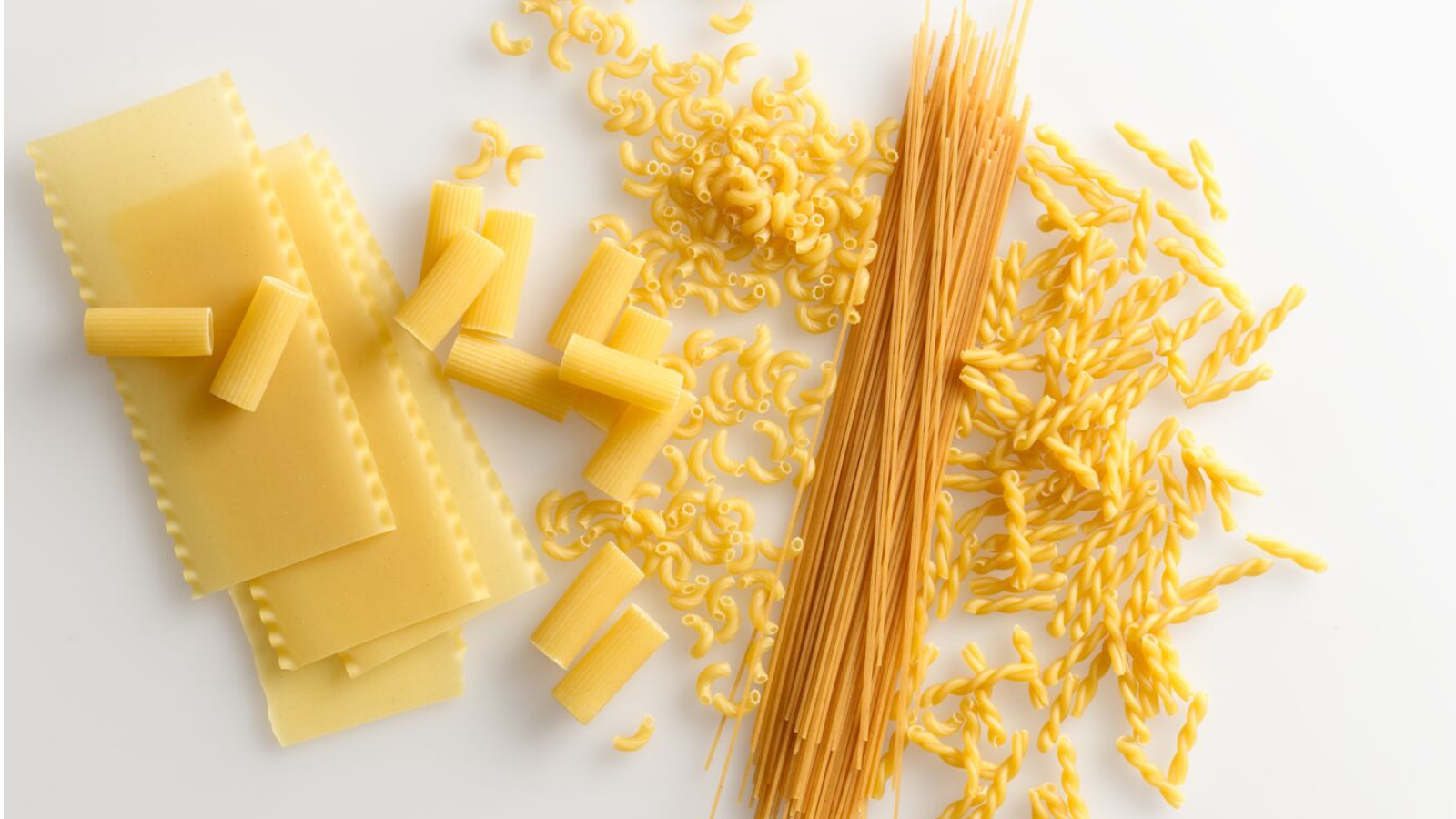

Pasta shopping guide and comparison
Sure pasta is heavy on carbohydrates and regular varieties don’t pack a huge protein punch, but that’s no reason to remove it entirely from your diet. It’s not usually the pasta itself that can cause a problem to a healthy eating plan—it’s the stuff you pile on top. Avoiding extra creamy, cheesy sauces and fatty meats—which is where the Points gets high—will help you keep pasta dishes healthier. As dietitian Nicole Stride reminds us, "There is no such thing as bad foods, including pasta; it’s about enjoying the foods you love without cutting out foods entirely". From veggie noodles to clever ways around traditional classics such as lasagne or carbonara, there are many lighter choices for getting your pasta fix.
What's one serve of pasta?
A serve of pasta is half a cup of cooked pasta (75-120g), which is a fifth of a packet of long pasta, 1 cup of short pasta or a half cup of the really small varieties such as risoni. When cooked, this is equivalent to 100–130g. As always, it's good to practise mindful eating – enjoying each mouthful and watching for signs you’ve had enough so you don’t overeat.
What type of pasta is best?
There are 2 Points in a ½ cup (80g) serving of cooked, regular pasta, and the same amount of cooked, wholemeal pasta comes in at 2 as well. With no difference per serve, try to opt for the wholemeal option as research has shown that a balanced diet rich in wholegrains may help prevent overeating.
Will eating pasta hinder my weight loss?
Consuming moderate amounts of pasta as part of a healthy diet can support weight-loss. Consider what you put onto your pasta. A lean source of protein and lots of vegetables make great pasta toppers.
What are the Points of different pastas?
Confused about which pasta to choose from the range of packets in front of you at the supermarket? Here are some low-Point options to help you navigate the pasta aisle.
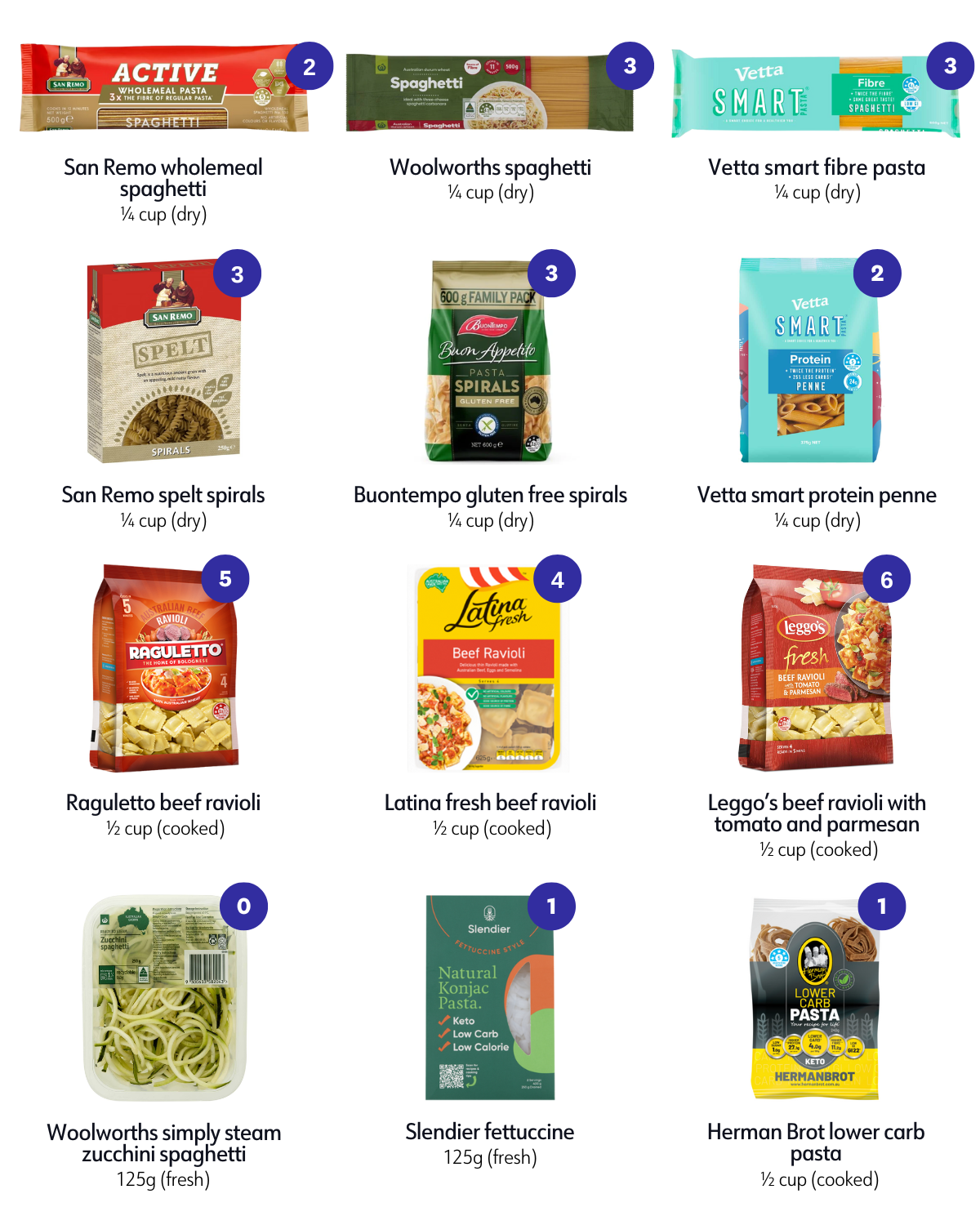
How do I cook 'al dente' pasta?
Timing is everything with pasta, so take note of the cooking time on the packet and check the pasta a few times towards the end. The aim is to take it off just before it has fully cooked through, drain it, then put it back in the warm pot, add the heated sauce and stir gently so the sauce coats the pasta. The pasta will continue to cook once it has been removed from the heat, the result being a firm, slightly chewy consistency – perfectly ‘al dente’ (meaning ‘to the tooth’ in Italian).
How much fibre is in pasta?
Adding more fibre to your diet is a great way to support digestive health and maintain a healthy weight. The fibre content in different pasta varieties varies dramatically, ranging from 3g fibre per 100g for many regular pastas made of durum wheat semolina, up to 6g per 100g for wholemeal and 13.5g for pulse pasta. Fibre has a range of health benefits and helps you feel fuller for longer, so the more fibre in your fettuccine, the more it will satisfy your hunger.
What’s durum wheat semolina?
Traditionally, pasta is made from durum, which is the hardest of all wheat. The durum wheat is milled to remove the bran and the germ, leaving the yellow endosperm granules called semolina. The semolina is ground into flour and mixed with water to make pasta.
What are 'zoodles'?
Are you looking for a healthier pasta alternative that still tastes great? Look no further than zucchini noodles! You can find them in the fruit and vegetable section of your local supermarket, or make them easily at home. For a consistent width, use a spiraliser to achieve fine zoodles. But, if you don't want to add another tool to your kitchen, you can use a mandoline to julienne the zucchini, or even a simple peeler to create long ribbons. To prepare, sauté the noodles in a pan for 3-5 minutes and add your favourite sauce. Want to mix it up? Try experimenting with other vegetables like carrots or butternut pumpkin.

